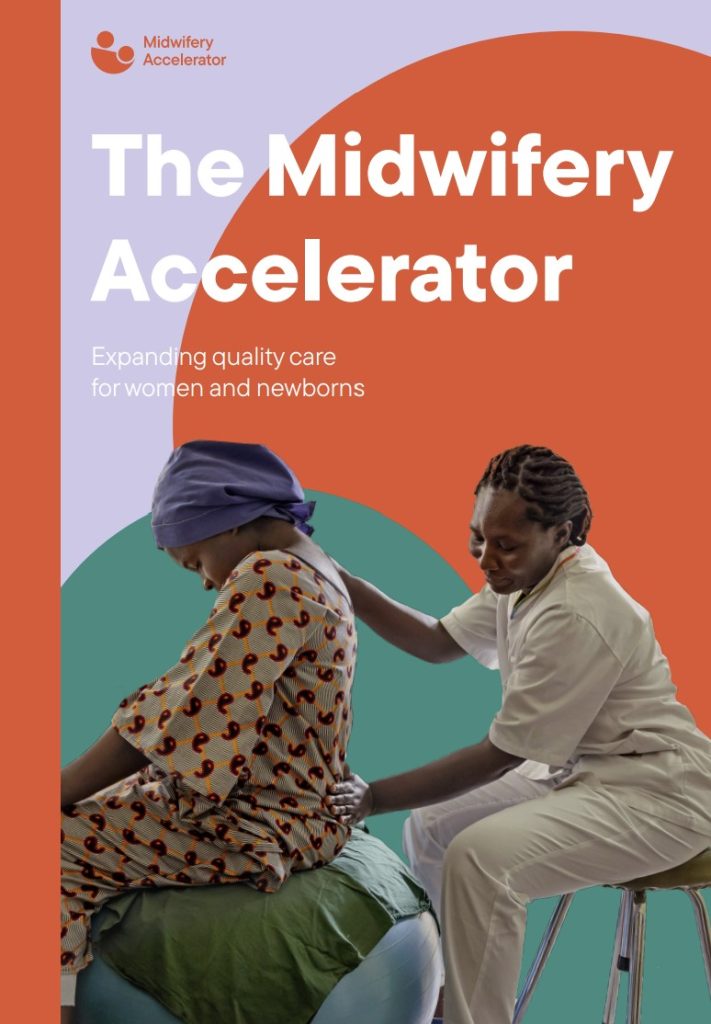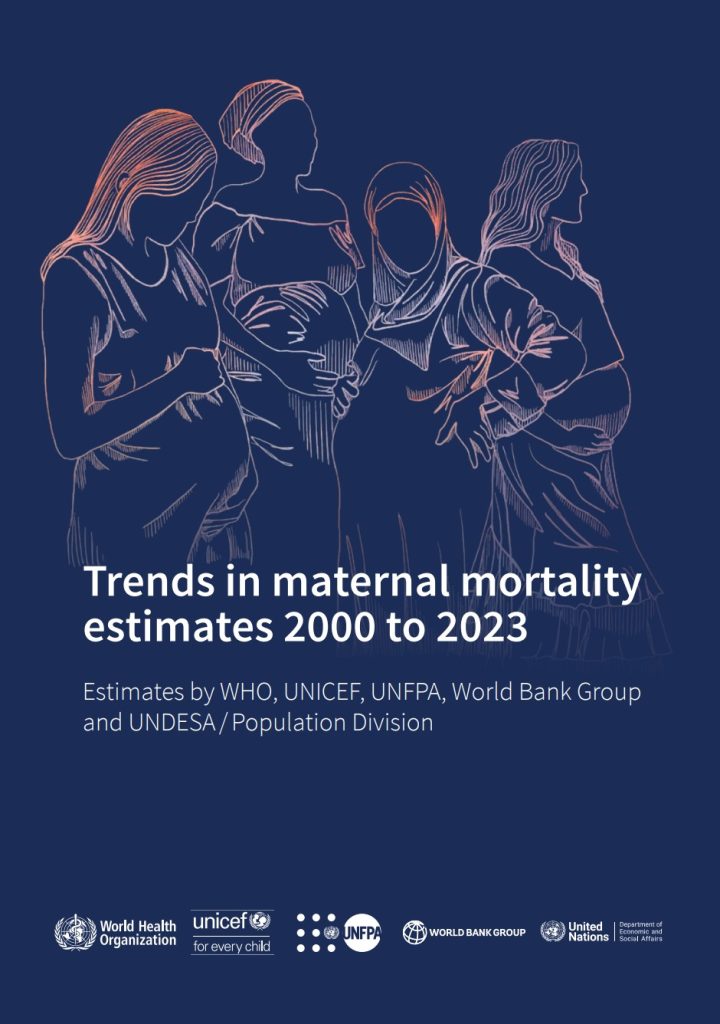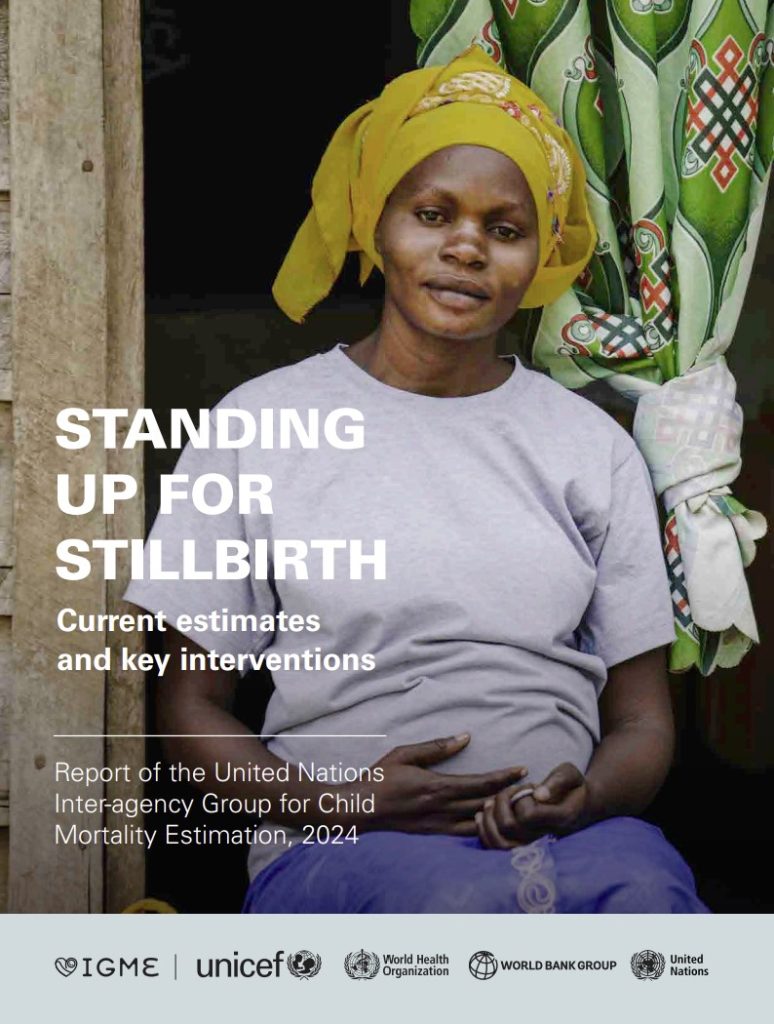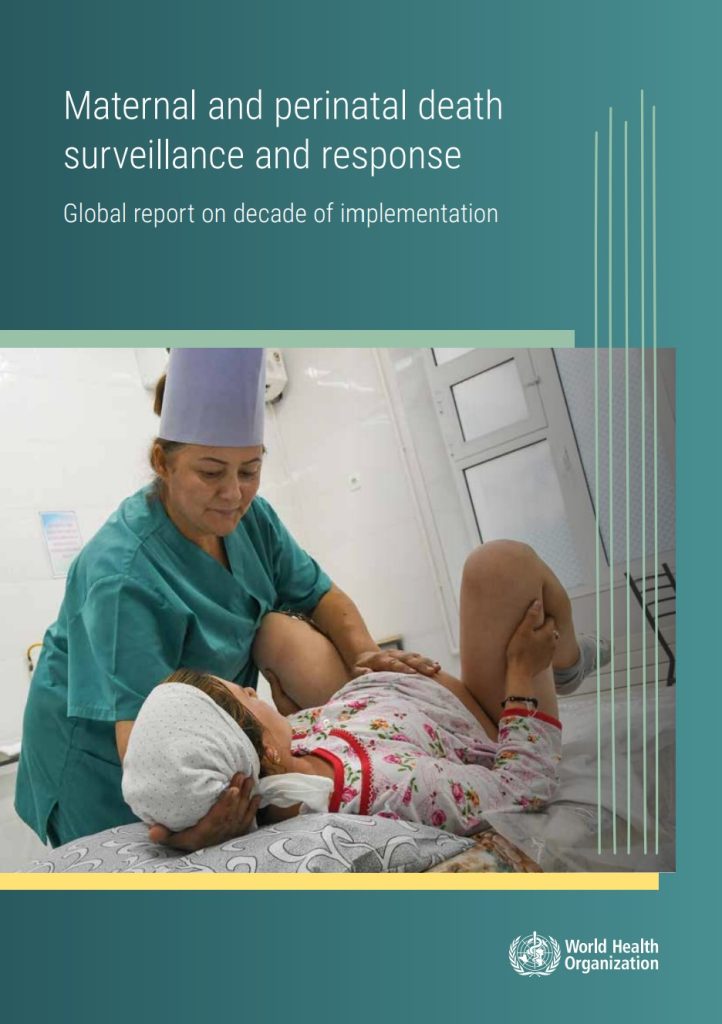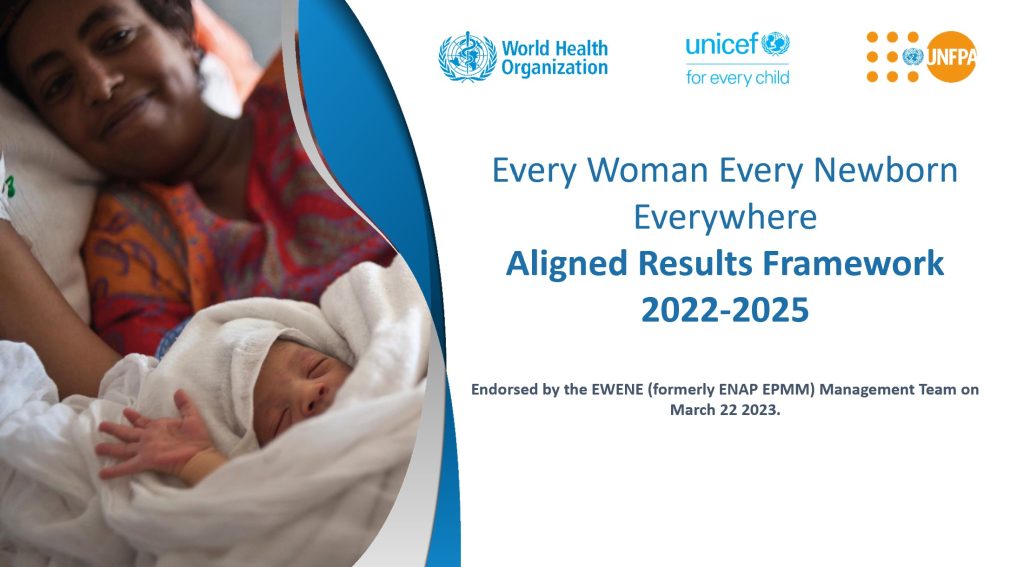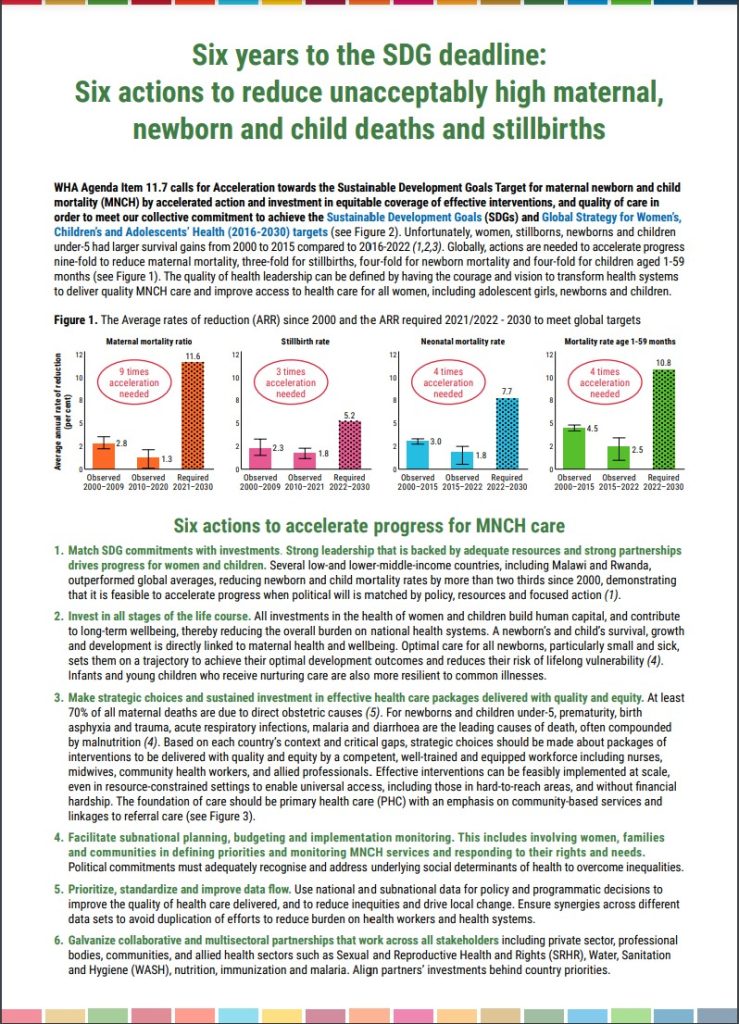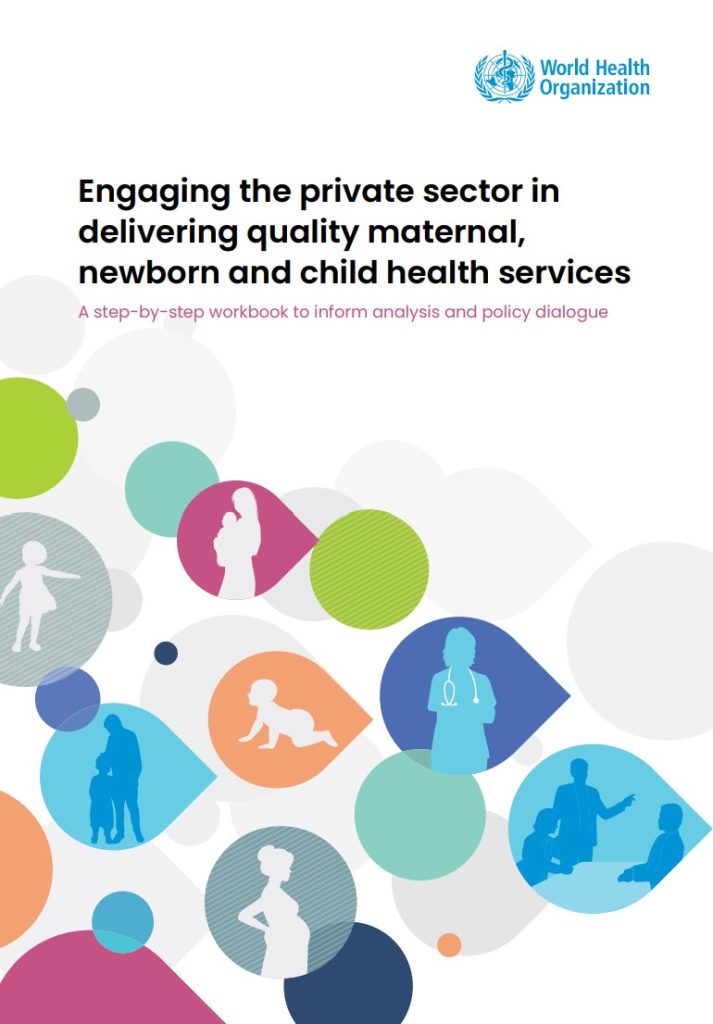Investing in midwives is a cost-effective and sustainable strategy to improve maternal and newborn health and well-being and reduce mortality. There is ample evidence to show that care provided by midwives is women centric, significantly advances maternal and newborn health outcomes, strengthens health systems, and helps build future healthier generations.
The Midwifery Accelerator: Expanding Quality Care for Women and Newborns —developed in consultation with governments, global experts, UN agencies, civil society, and providers—calls on governments, funders and other stakeholders to invest in midwifery care to save and transform the lives of women and their newborns around the world.
Download the Midwifery Accelerator
See also:
- The Global Position Paper on Transitioning to Midwifery Models of Care.
- The Midwifery Implementation Guidance
